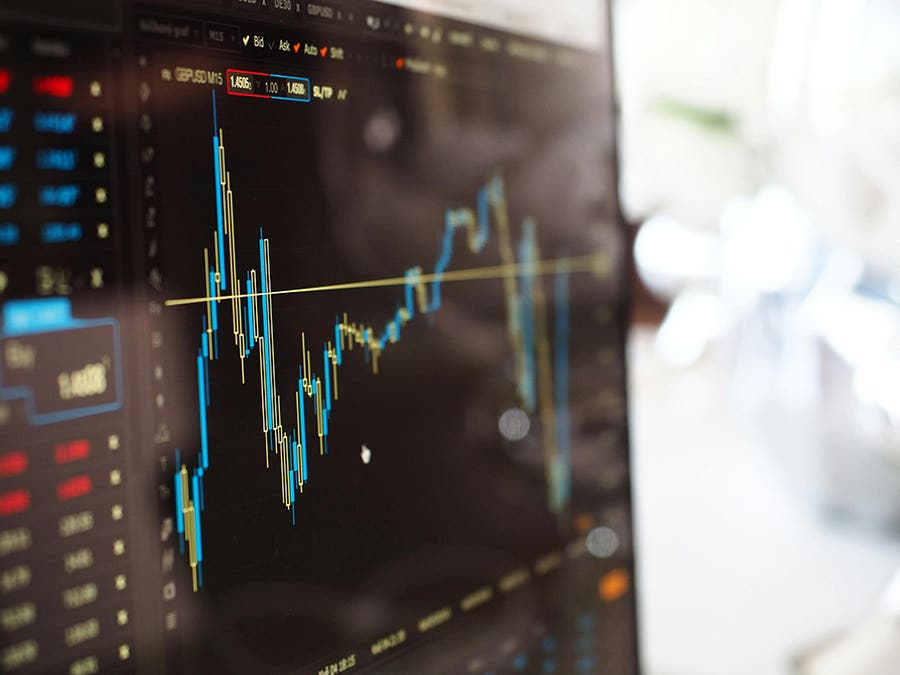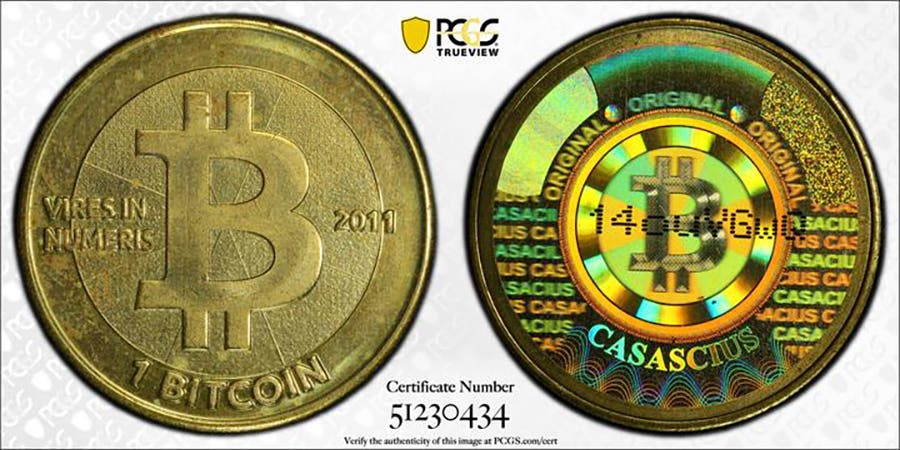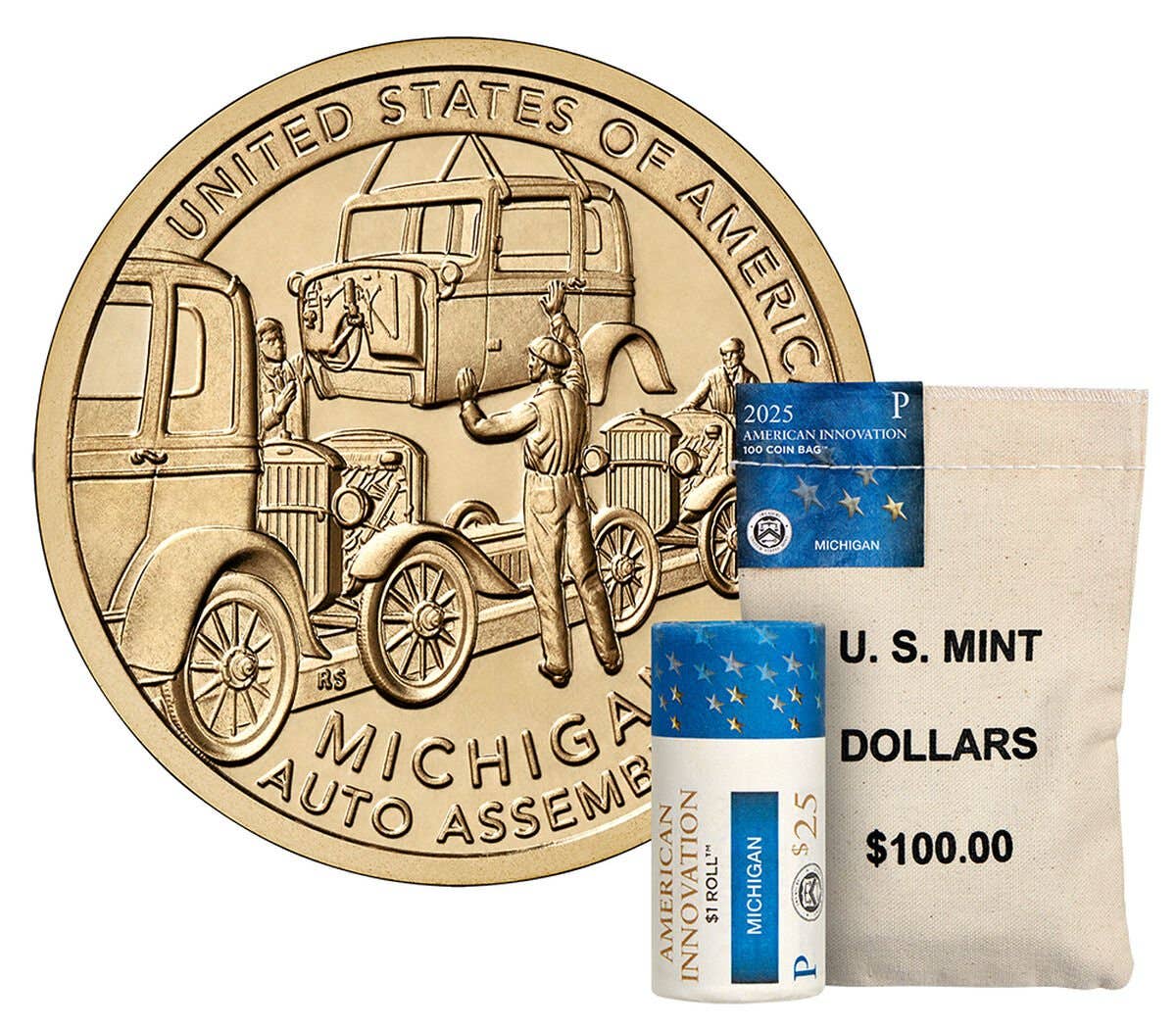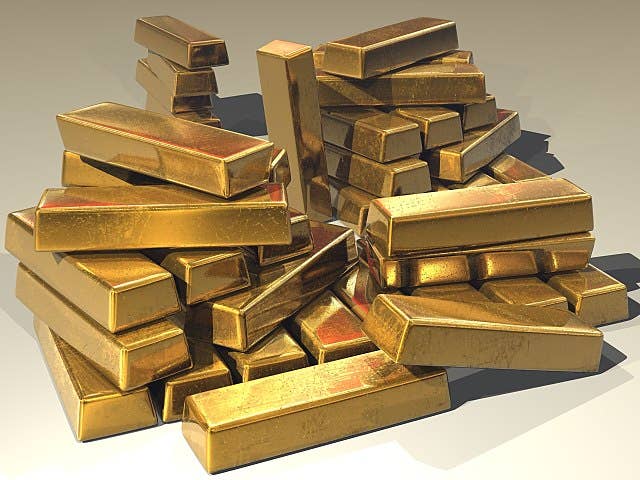Will U.S. Mint Change Coin Compositions?
By 1857, the value of copper had increased so much, particularly from the effects of inflation, that the U.S. Mint ended the production of half cents after that year. That…
By 1857, the value of copper had increased so much, particularly from the effects of inflation, that the U.S. Mint ended the production of half cents after that year. That year it also changed the size and composition of the one cents to be smaller coins.
In 1982, the U.S. Mint changed the metal composition of the cent to reduce the costs of striking these coins.
It may be time once again for the Mint to alter the composition of current coins issued for circulation or to discontinue production of one or more denominations altogether.
As currently manufactured, here are the specifications of U.S. circulating coin metal content:
Cent: gross weight 2.5 grams with 97.5% zinc, 2.5% copper
Nickel: gross weight 5.0 grams with 75% copper, 25% nickel
Dime: gross weight 2.27 grams with 75% copper, 25% nickel
Quarter: gross weight 5.67 grams with 75% copper, 25% nickel
Half Dollar: gross weight 11.34 grams with 75% copper, 25% nickel
On Tuesday, March 8, the price of nickel more than doubled in trading on the London Metal Exchange before this market suspended trading. At the close of trading on the London Metal Exchange that day, the “official” price of nickel was $48,201 per metric ton, but trading was suspended at $100,000.
Using the official prices for the close of trading on the London Metal Exchange on March 8, here are the value of the raw material metals in each of the above coins:
Cent: 0.948 cents
Nickel: 9.84 cents
Dime: 4.467 cents
Quarter: 11.157 cents
Half Dollar: 22.315 cents
If you use a value of $100,000 per metric ton for nickel, metal values for the nickel through half dollar increase to 16.314 cents, 7.406 cents, 18.500 cents and 37.000 cents, respectively.
Raw material costs are only one component of producing coins. There are also labor costs and overhead. In addition, the Mint strives to realize a seigniorage gain that is turned over to the U.S. Treasury.
Obviously, with the total production costs of the cent and nickel in excess of the face value of these coins, the Mint has a strong incentive to either change the metal composition of these coins or to end their production altogether.
There are precedents for ending production of small denomination coins. In May 2012, the Royal Canadian Mint ended production of the Canadian cent. In February 2013, merchants were no longer required to accept these coins in payment and were directed to round cash transactions to the nearest 5 cents. Banks were then directed to return all 1-cent coins they had received back to the government for destruction.
Other countries that have retired smaller denomination coins in recent decades are:
Australia: 1 cent and 2 cents in 1992
Brazil: 1 centavo in 2005
Finland: has never issued 1 cent or 2 cents coins since the introduction of the euro denomination in 2002
Israel: 1 agora in 1991 and 5 agorot in 2008
Netherlands: stopped issuing 1 cent and 2 cents in 2004
New Zealand: 1 cent and 2 cents in 1989 and 5 cents in 2006
Norway: 10 ore and 25 ore in 1991
Sweden: 10 ore and 25 ore in 1992
Switzerland: 1 centime in 2006, with the 2 centimes having lost legal tender status in 1978
United Kingdom: 1/2 penny in 1984
With the significant increases in consumer prices over the past year, this may be a prime opportunity for the U.S. Mint to retire 1-cent coins and either significantly alter the metal composition of or retire the nickel. Even the metal content for dimes, quarters and half dollars may need alteration at this time.
Patrick A. Heller was honored as a 2019 FUN Numismatic Ambassador. He is also the recipient of the American Numismatic Association 2018 Glenn Smedley Memorial Service Award, 2017 Exemplary Service Award, 2012 Harry Forman National Dealer of the Year Award and 2008 Presidential Award. Over the years, he has also been honored by the Numismatic Literary Guild (including twice in 2020), Professional Numismatists Guild, Industry Council for Tangible Assets and the Michigan State Numismatic Society. He is the communications officer of Liberty Coin Service in Lansing, Mich., and writes Liberty’s Outlook, a monthly newsletter on rare coins and precious metals subjects. Past newsletter issues can be viewed at www.libertycoinservice.com. Some of his radio commentaries titled “Things You ‘Know’ That Just Aren’t So, And Important News You Need To Know” can be heard at 8:45 a.m. Wednesday and Friday mornings on 1320-AM WILS in Lansing (which streams live and becomes part of the audio archives posted at www.1320wils.com).








